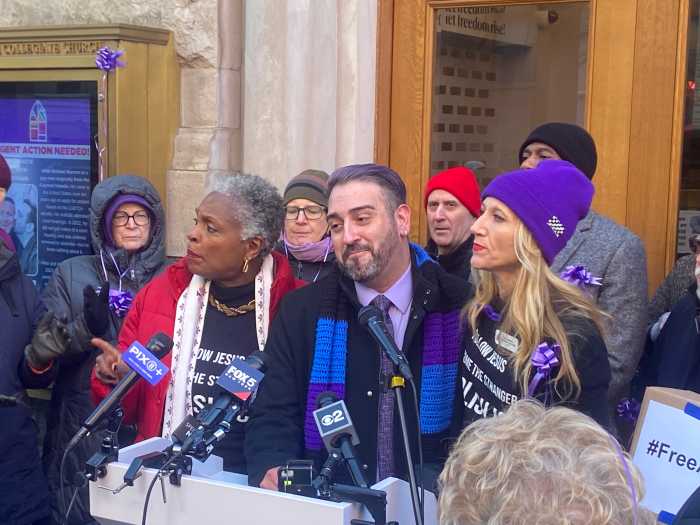A long-term study on Eastern Box Turtles has now officially launched on Long Island. The project is a combined effort led by Dr. Anna Thonis, along with the Seatuck Environmental Association, South Fork Natural History Museum and Nature Center, the Andrew Sabin Family Foundation, and Friends of the Long Pond Greenbelt. Together, they will seek to uncover the effects of urbanization on the Eastern Box Turtle population in New York.
Four study sites have been established: Brookhaven, the South Fork of Long Island, Queens, and Staten Island. At these locations, researchers and volunteers locate the turtles and record data. The turtle’s weight, carapace (upper shell) length and width, plastron (lower or flat part of the shell) length and width, age, sex, and signs of injury are all documented. Before being returned to where they were found, each turtle is given a unique notch on its shell to identify it in the future if it has been documented before.
The first round of surveys wrapped up in June and laid the foundation for what is hopefully numerous years of study. It consisted of eight days, featuring 52 total volunteers, including many park rangers as well as students from NYU, Stony Brook, and Fordham.
A tough species to locate, the group used a wildlife detection dog named Newt. Owned and handled by Dr. Kristine Hoffmann, a Visiting Assistant Professor of Biology at St. Lawrence University, the turtle detection dog played a huge role in helping the first round of surveys succeed.
“At one site, we found 33 turtles and Newt found 20 of those,” said Thonis. “All data is good data, but you will get more some years because of a detection dog.”
Although very helpful, the services of these dogs do not come cheap. To help combat that, the group will switch back and forth with the aid of the dogs.
The Eastern Box Turtle, also known as Terrapene carolina, is native to the eastern part of the United States. Six subspecies are found within the population, and one of those—the Woodland Box Turtle—is native to Long Island and is the focus of the study.
They differ from your average thought of a turtle, as here on the Island, they spend most of their time on land, but like to lay their eggs near the water. Typically, they are brown with yellow to orange lines and designs. These turtles can live up to 80 years and have even been documented to reach 100, according to Thonis’ project proposal write-up.
“These turtles like forested areas with open patches of sun to bask in, along with fallen branches to help camouflage and cover them,” stated Thonis. “At the South Fork site, they were most abundant in a tall grass field, but we also found some in the forest near that field.”
Here on Long Island, they eat insects, slugs, mushrooms, and even blueberries when they are in season.
How did this project come to be? It began at Stony Brook University, where Thonis earned her Ph.D. She had a lab mate there who did extensive work on Long Island’s turtle population. Eventually, that lab mate returned to her home state of Kansas; yet, people were still contacting her about Long Island turtles because of the limited work being done on them by others.
Her former lab mate referred those people to Thonis, a reptilian specialist who performed substantial work on lizards in Puerto Rico. That is how Thonis came in contact with biologist Mike Bottini of the Seatuck Environmental Association. After speaking at events about turtles, Bottini approached Thonis about launching a long-term study, and everyone within their circle agreed it would be a good idea. It sparked a chain reaction among friends of friends who wanted to participate in the study and contribute to the conservation of the box turtle population, which now has multiple partners involved in the project.
The Eastern Box Turtle population has been declining steadily over the years, mainly due to habitat loss, vehicle collisions, and illegal collection for the pet trade, according to Thonis. As mentioned earlier, urbanization plays a significant role in this. However, some studies have suggested that these turtles can adapt to and overcome urbanization.
“The New York metro area is the single most urbanized range of them [box turtles],” explained Thonis. “If they can live and reproduce in what’s left, it means they can survive urbanization… We have a declining species, but studying it can help mitigate it.”
The data collected over the years will help create a clearer picture of the study and long-term outlook of the turtle population.
“We need at least 10 years of data because these turtles live so long,” said Thonis.
In the future, the team hopes to expand and establish additional study sites to further their research. While it’s just the beginning of a long journey, turtles are a symbol of perseverance, and the researchers in this study are taking a cue from them.


























